I first visited Hamamatsu in the Spring of 2021. Before that, my only knowledge of the city was a blur on the Shinkansen between Tokyo and Kyoto or glimpses of the ocean and the red torii gate standing in the waters of Lake Hamana near Bentenjima. When I finally got an opportunity to disembark at Hamamatsu Station rather than passing through, I quickly realized what a hidden gem I had been missing all those times before.
Since my maiden trip to Hamamatsu, I have returned to the city so many times that I have lost count. I’ve visited Hamamatsu in every season to see its changing faces throughout the year, from the mountains to the sea. I’ve visited age-old breweries to make soy sauce and sake. I’ve eaten its famous grilled eel and grilled burgers. I’ve ridden peaceful lakeside cycling paths on sunny days and driven mountain roads in the pitch darkness of night. And by now, I’ve earned the right to say what an extraordinary city Hamamatsu is.
The first thing I realized about Hamamatsu City is how vast it is, stretching from the shores of the Pacific Ocean far into the mountains bordering neighboring Nagano Prefecture. The city includes Lake Hamana, one of Japan’s largest lakes, and a destination for outdoor enthusiasts who enjoy cycling and water sports. Its coastline includes the Nakatajima Sand Dunes, a place of stunning natural beauty, especially at sunrise. And its mountains contain endless surprises: ancient shrines and temples, former castle ruins, and pristine forested canyons and gorges for trekkers and nature lovers.
Spring Flowers and Festivals in Hamamatsu City
Let’s begin in the Spring, since that is the season I first discovered Hamamatsu. I first fell in love with Hamamatsu staying at Atagoya, a lovingly restored kominka (traditional house) along Hamamatsu’s Atago River. Wild cherry trees grow throughout the mountains of Hamamatsu, and the lovely morning light pouring into the valley here illuminated the cherry blossoms like a scene from heaven itself. There were no crowds to jostle with for photo opportunities, just me, the crystal blue Atago River, and the wild cherry trees.
As I explored the mountains further, I found many other amazing locations to enjoy the height of Spring. Okuyama Park, at the entrance to Hokoji Temple, is centered around a pond where cherry trees bloom opposite a wooden promenade constructed over the pond. Although the park is perfect for enjoying hanami, cherry blossom viewing, you’ll only find a few others here, spreading their vinyl mats over the fresh grass to enjoy the scene. Following the road a few hundred meters up the hill, I caught sight of Hokoji’s three-story pagoda peeking through the pink blossoms.
Lake Hamanako is another beautiful destination in the Spring, where you might enjoy a leisurely cycling tour along its shores while admiring the blooming flowers scattered along the cycling route. You’ll also discover that Hamamatsu has not just one but two outstanding gardens both located near the lake: Hamanako Garden Park and Hamamatsu Flower Park.
Hamamatsu Flower Park explodes in Spring colors with plum and cherry trees bursting with blooms from February through March. Fields of tulips also spring to life in April, making it a favorite destination for flower lovers, although the enormous size of the park keeps it from ever feeling crowded. The equally vast Hamanako Garden Park was built on the site of the 2004 Pacific Flora Garden Exposition and features a long waterway on which you can take a garden cruise from April to November. Like the Flower Park, you’ll enjoy plum and cherry blossoms in early Spring and tulips and wisteria later. I was shocked to discover that admission to this beautiful garden is free for all visitors, including free parking.
No visit to Hamamatsu would be complete without a visit to Hamamatsu Castle, and Spring is arguably the best season to go, with Hamamatsu Castle Park’s 400+ cherry trees in full bloom. The park is a favorite place for locals to enjoy hanami, so you can also enjoy the energy and festive atmosphere of the park when you visit the castle in the springtime.
The Hamamatsu Festival also takes place during the Spring, from May 3-5. This huge celebration spans from the seaside to the city, and includes dozens of enormous kites flown near the ocean and sometimes engaging in “battle” between rival groups. At night, the center of the festivities moves downtown, where ornate Goten Yatai are pulled through the streets accompanied by adults and children playing traditional Japanese instruments. The festival is well attended and participated in by young and old, Japanese and non-Japanese residents of Hamamatsu, making it one of the most festive periods to visit the city.
Outdoor Summer Adventure and Fascinating Museums in Hamamatsu
Summer is Japan’s rainy season, and Hamamatsu is no exception, receiving plenty of rain in June before tapering off for July and August. However, the summer rain turns everything fresh and green, so a little rain won’t ruin your visit.
Both of Hamamatsu’s garden parks are beautiful during the summer months. During the hottest months, the Water Square at Hamanako Garden Park is a paradise for kids and adults who are kids at heart, with water play equipment and fountains randomly spraying refreshing water into the air. The colorful pink and purple hydrangea are in bloom in the International Garden, and a field of 40,000 sunflowers is a fantastic photo opportunity in July and August.
Ryotan-ji Temple is a splendid temple associated with the powerful Ii Clan, which held strong influence over Japan’s political world for nearly three centuries, including during the Edo Period (1603-1868). The building itself is a treasure of traditional Japanese design, including the squeaky “nightingale floors” that were an early form of burglar alarm in Japan, most famously used in Nijo Castle. However, the temple’s primary attraction is its Zen garden, designated as a “Special Place of Scenic Beauty.” Visitors can sit along the outer edge of the main building facing the garden and meditate on its beauty, especially when it is lush and green in the summer.
The mountain forests provide shade and some relief from the heat, so take a drive into the mountains for a little natural refreshment. Take a dip in the crystal clear waters of the Atago River or trek along the rugged Shirakura Gorge and cool down next to one of its many waterfalls.
The climate of Hamamatsu is perfect for growing fruit, and the Hamamatsu Fruit Park showcases the area’s wide range of agriculture. Come to the park in the summer, and you may be able to harvest sweet and juicy peaches, plums, blueberries, grapes, pears, and figs from the park’s large variety of orchards.
If the summer heat is too much to handle, Hamamatsu has plenty of museums and activities to spend a fun day in an air-conditioned environment, even with restless kiddies. Music lovers should certainly visit the Yamaha Innovation Road museum for a chance to play virtually any of Yamaha’s musical instruments and discover the many other products Yamaha has produced over its many years as a leading Hamamatsu-based corporation. The Suzuki History Museum documents another of the city’s major companies’ evolution from a manufacturer of textile looms to motor vehicles.
One of my favorite hands-on experiences in Hamamatsu was visiting the Meijiya Shoyu Brewery where, as part of the tour of this over-100-year-old soy sauce brewery, I learned how to press the liquid soy sauce from the moromi fermented soybean paste. For my efforts, I took home a bottle of one of the most delicious soy sauces I had ever tasted (things taste better when they’re made with your own hands).
Autumn Colors at Hamamatsu’s Beautiful Temples and Shrines
When the weather begins to cool and the green transforms to shades of red and orange, Autumn has arrived in Hamamatsu. Once again, heading for the mountains gives you the best bang for your buck for autumn foliage. In the foothills of the mountains in the Tenryu district of the city, the ruins of Futamata Castle are surrounded by beautiful maple and other seasonal trees.
Those who are adventurous (and possessing an international driver’s license) can explore deeper into the winding valleys along narrow mountain roads; the autumn views of Myojinkyo Gorge during peak season are sensational. Another castle ruins site, sitting on a mountaintop at 420 meters since the 15th century, are the Takane Castle ruins overlooking the district of Misakubo in the northernmost part of the city.
Of course, the usual shrines and temples are also fantastic during autumn. Hoko-ji Temple, with its red bridge over a steep ravine, is particularly blessed by nature. Others, like Gansui-ji Temple next to Shizuoka Prefectural Forest Park and Choraku-ji Temple near Lake Hamanako, are also lovely destinations to enjoy the fall colors.
Winter Illuminations and Unique Foods and Shops in Hamamatsu
With little snowfall and deciduous trees bare of leaves, Winter isn’t a particularly beautiful season in Hamamatsu. But what it lacks in natural beauty during those months, it makes up for in other ways.
The Hamamatsu Flower Park, for example, has only a few seasonal flowers, such as yellow fukujuso and colorful camellia shrubs. Instead, during the winter, the park is illuminated with hundreds of thousands of tiny lights like an enormous Christmas display that lasts for weeks. The main part of the Christmas illuminations takes place inside the Greenhouse, including a towering Christmas tree adorned with lights and ornaments.
The incredible Akiha Shrine Fire Festival takes place in December, where priests perform rituals with katana swords and fire, and gigantic hand-held fireworks spray showers of sparks into the air. Hundreds of visitors huddle together in the chilly mountain air to see this exciting festival that is unique to Hamamatsu.
If the cold weather keeps you indoors, it’s a great time to catch up on your shopping and eating. Nicoe is a dessert-lovers paradise created by Shunkado, the local confectionery company that brought the world the deliciously addictive Unagi Pie. While the theme of Nicoe is certainly dessert-centric, there is also a restaurant and play area for children, creating a space where people can relax and enjoy good food and friendships.
Hamamatsu is also home to several unique bakeries. Visit Kamoshi, a small but chic bakery in a suburb of Hamamatsu using rice koji as a main ingredient. Rice koji is a yeast that gives Japanese fermented foods like sake and soy sauce their rich umami flavor, and the baked goods at Kamoshi have complex flavors with the added health benefits of fermented ingredients. Gutiokipan is a bakery near Lake Hamanako in a building that could have been plucked from a Studio Ghibli animated film, and often reminds people of “Kiki’s Delivery Service.” While many customers are attracted by its appearance, their products are pretty good too; they routinely sell out before closing time.
Perhaps my favorite local shop in Hamamatsu is Nukumori Kobo, a textile company producing the traditional Enshu mentsumugi, a colorful, rough-woven cotton whose popularity fueled the Hamamatsu economy for decades. Nukumori Kobo faithfully keeps the tradition alive with beautiful products like eco bags, slippers, and hand towels. They also produce bolts of fabric in traditional sizes to tailor casual kimono and yukata. I purchased my favorite pattern and had it made into a men’s kimono, which never fails to get a compliment when I wear it out on the town.
For all of the natural beauty and culture of Hamamatsu City, it remains a city that falls off the radar for most overseas visitors to Japan, a blip on the map as they travel between Tokyo and Kyoto on the Tokaido Shinkansen.
I was one of those people too, until the day I stepped off of the bullet train in Hamamatsu, and my perspective was changed forever. Even now, as I think back over my many visits to Hamamatsu and all of the things I enjoyed, my heart is stirred to want to return there soon. No matter what time of year you visit Japan, take a chance and stop over in Hamamatsu. It could change your life too.
Sponsored by: Hamamatsu City
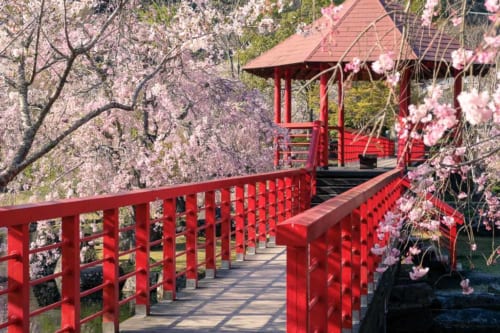
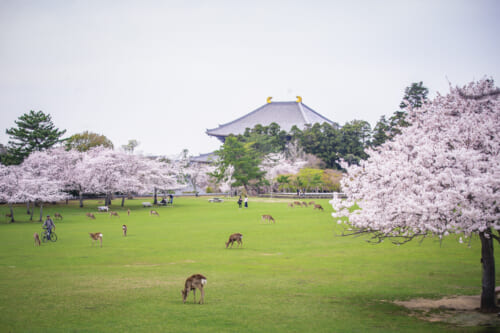

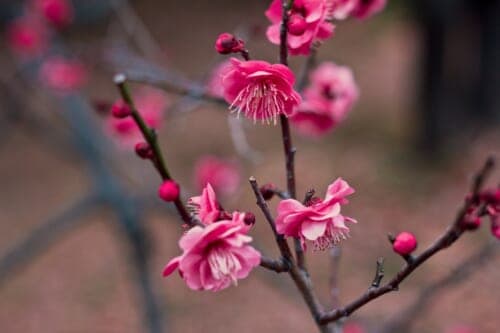
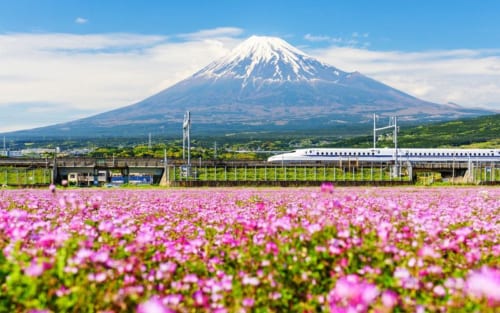
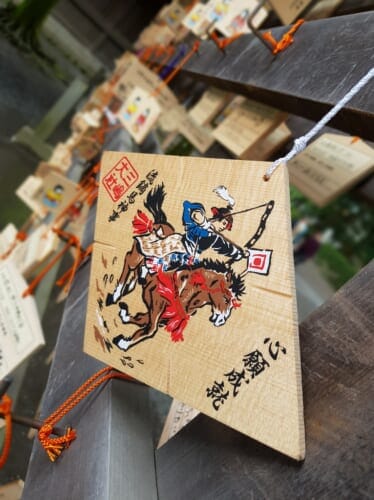
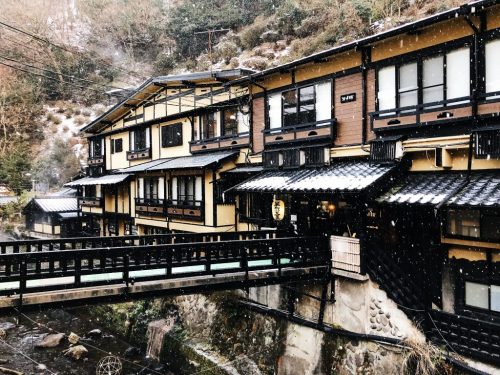
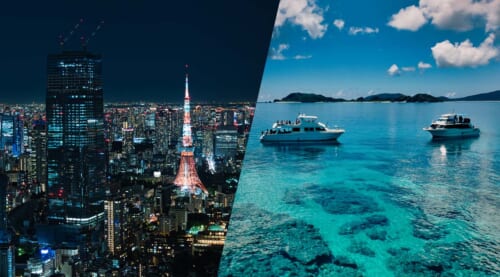
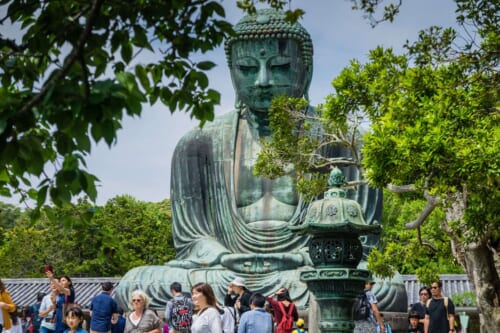
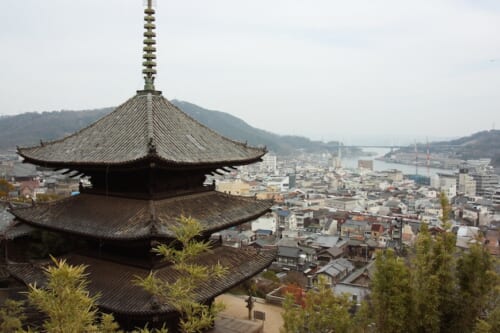


No Comments yet!